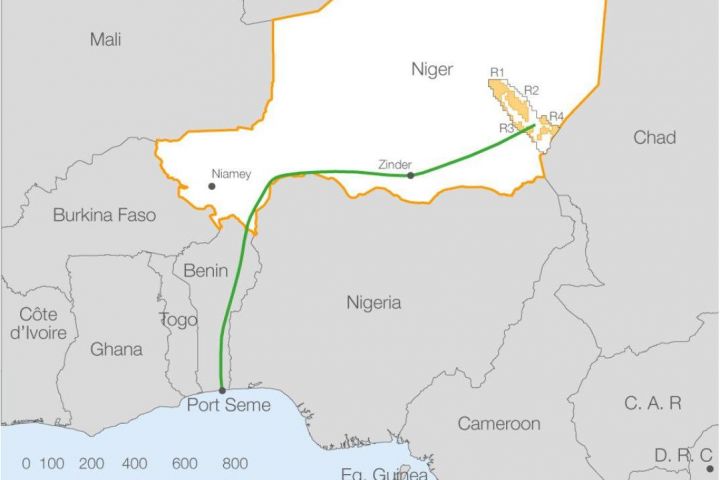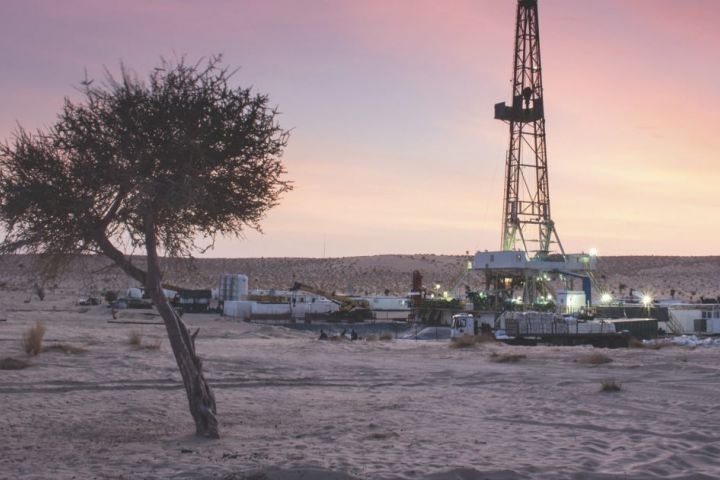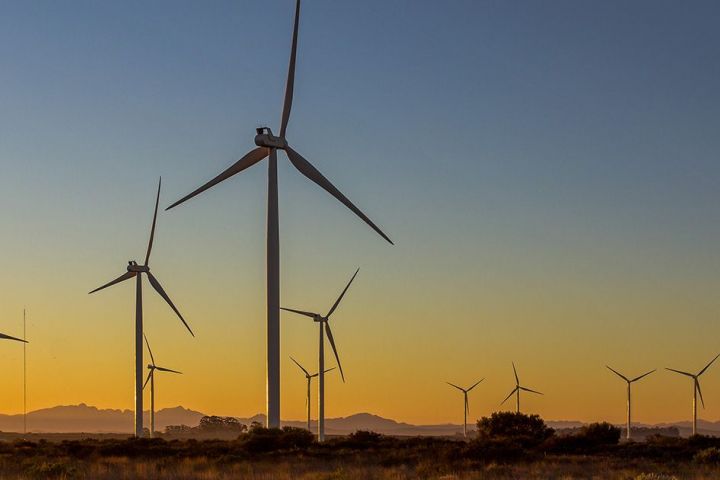We are continuing to seek to progress our R3 East oil development
Our plan to first oil
Proposed Early Production Scheme (“EPS”)
Phase 1 – First oil
- Expected to deliver 5 Kbopd.
- 10 Kbopd capacity EPF to be built on site at Amdigh.
- c. 50 km pipeline to be laid between the EPF and Niger-Benin pipeline.
- Oil to be piped to the Niger-Benin pipeline, then sold on the international market.

Phase 2 – Ramp up to 10 Kbopd
- Use of existing EPF and c. 50 km pipeline.
- Construction of a gathering system to enable adjacent discovered fields (e.g. Bushiya, Eridal and Kunama) to be tied into the EPF.
- Drilling additional appraisal and development wells.
- Production expected to ramp up to c. 10 Kbopd.

Further long-term potential
After the completion of the second phase, there are two further opportunities to increase production:
- Firstly, with 146 further potential exploration targets having been identified for future drilling consideration, the addition of further resources to Savannah’s portfolio through the next phase of the planned exploration programme.
- Secondly, the initial export capacity of the Niger-Benin pipeline is 110 Kbopd. Taking into account CNPC’s planned production, over 40 Kbopd of spare capacity is expected to be available for other operators. It is also planned that eight additional pumping stations will then be installed along the 20-inch Niger-Benin pipeline, on average every 250 km, which will be linked to tie-in points every 40–50 km. The addition of the pumping stations should ultimately increase pipeline capacity to 300 Kbopd in four phases. There is an official government target to increase oil production to 200 Kbopd by 2026.
Niger-Benin export pipeline

Niger-Benin oil export pipeline fully commissioned and operational
The new Niger-Benin oil export pipeline, constructed by China National Petroleum Corporation ("CNPC"), became fully operational in 2024. Being 30 km from our discoveries, it provides a potential route to international markets for crude oil produced from the R1234 contract area of our subsidiary, Savannah Energy Niger SA, with approximately 90 Kbopd currently being transported from CNPC’s Agadem PSC area.
The Niger-Benin pipeline, with a total length of 1,950 km, including 1,275 km in Niger and 675 km in Benin, is the longest oil pipeline in Africa and has eight pumping stations. The initial export pipeline capacity is 110 Kbopd, resulting in available spare capacity up to 20 Kbopd.



